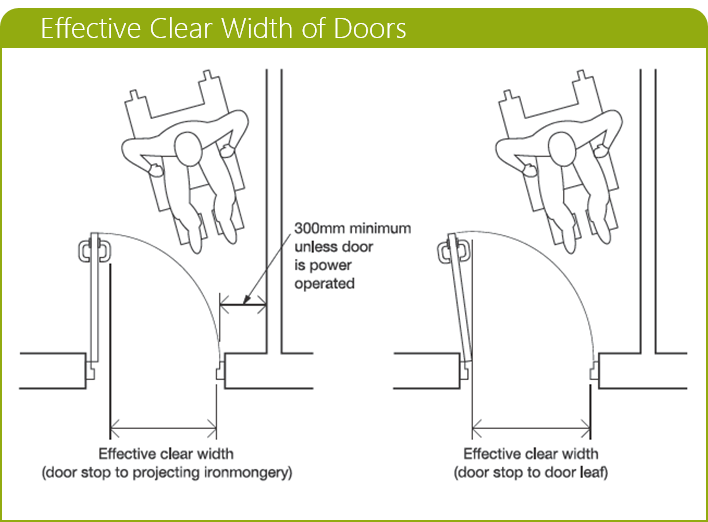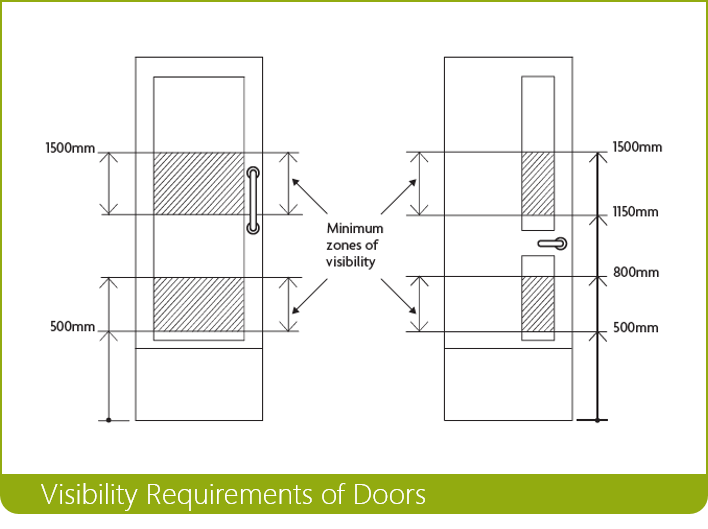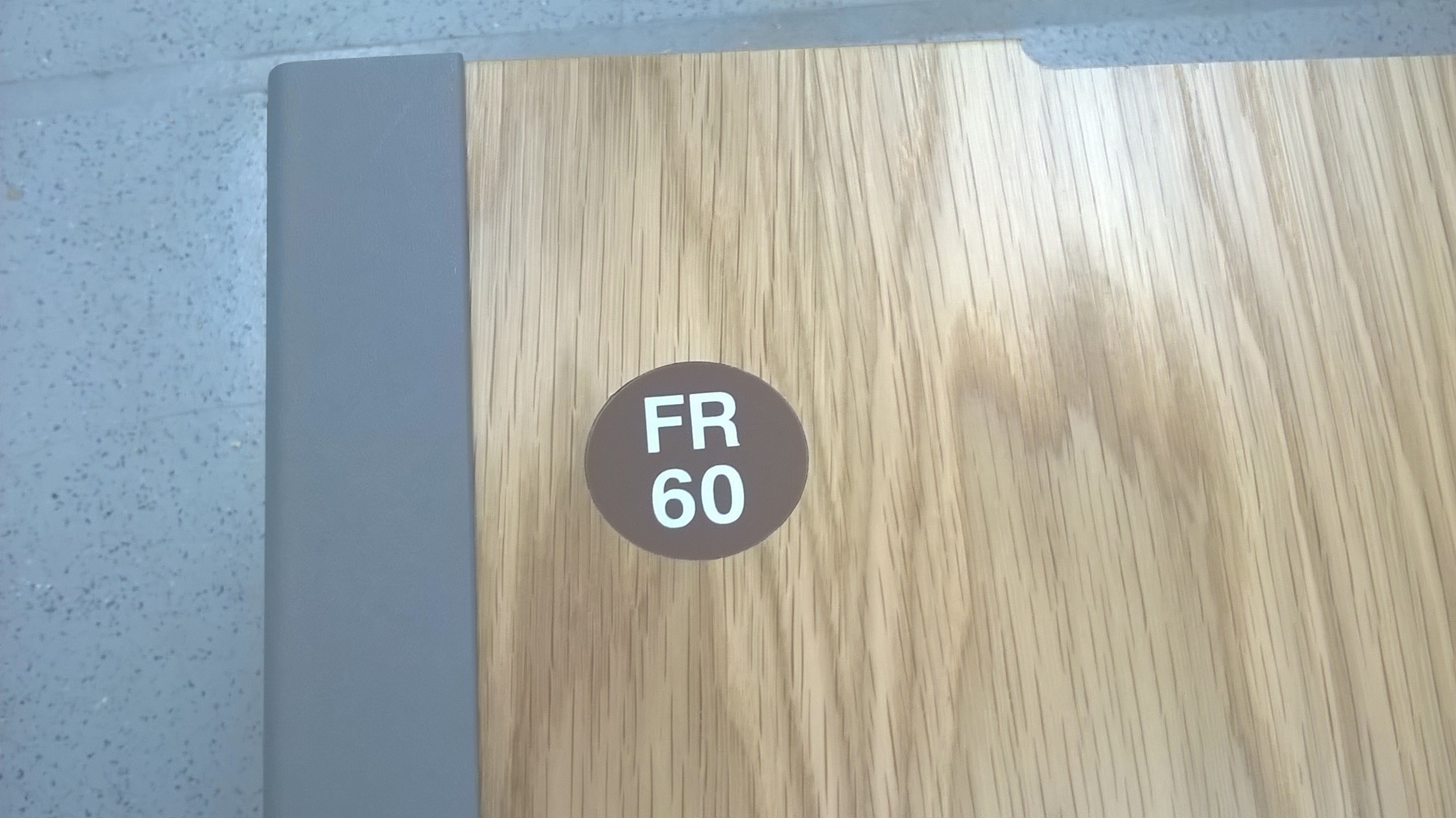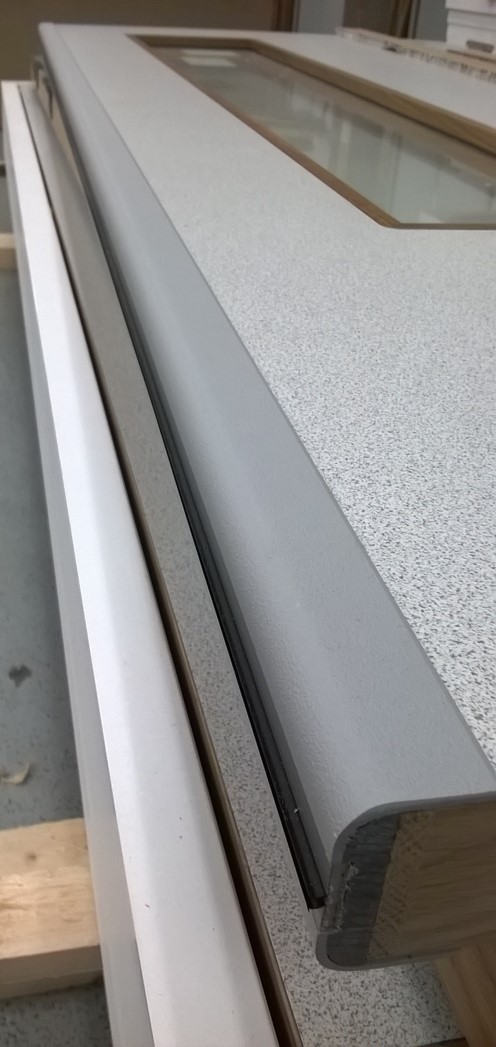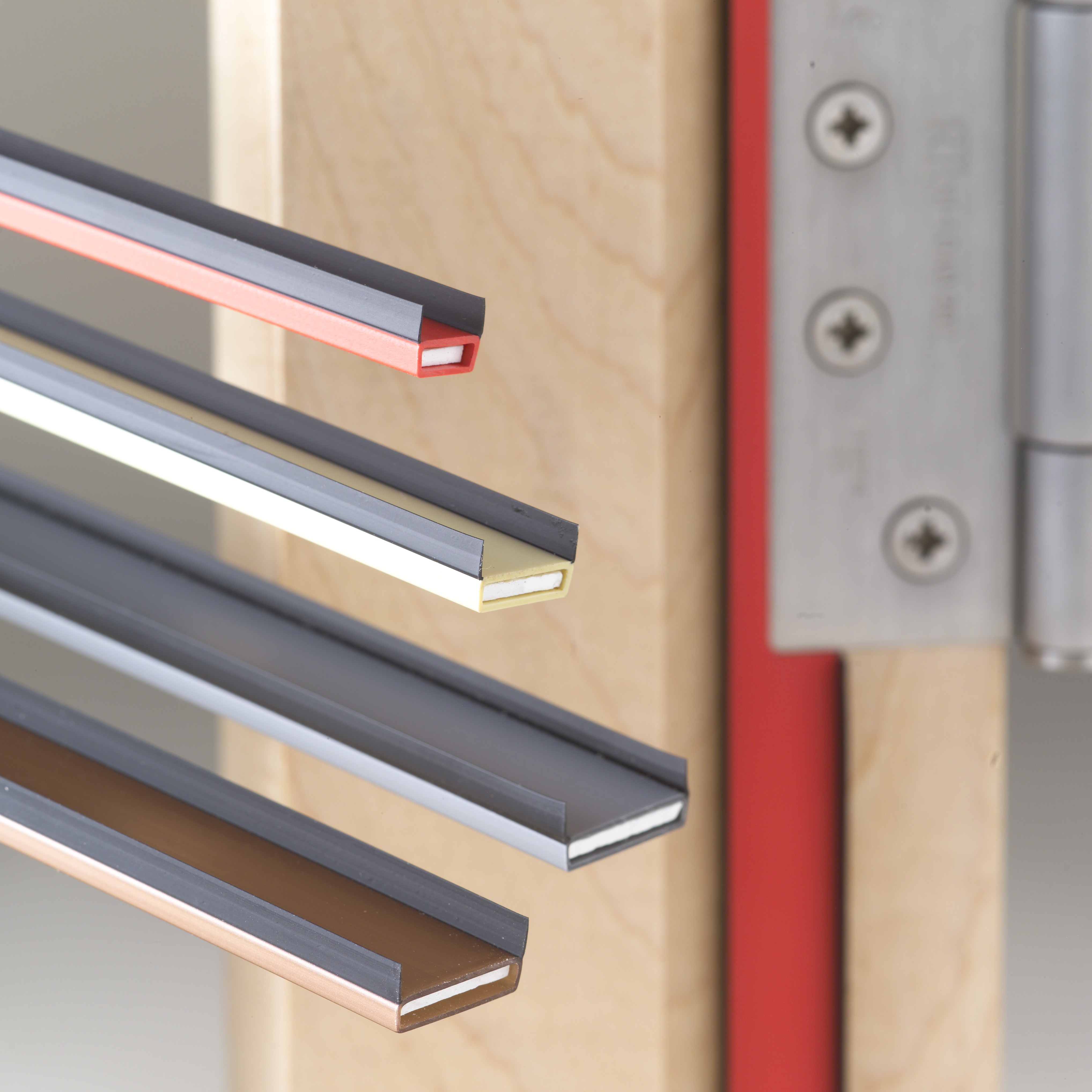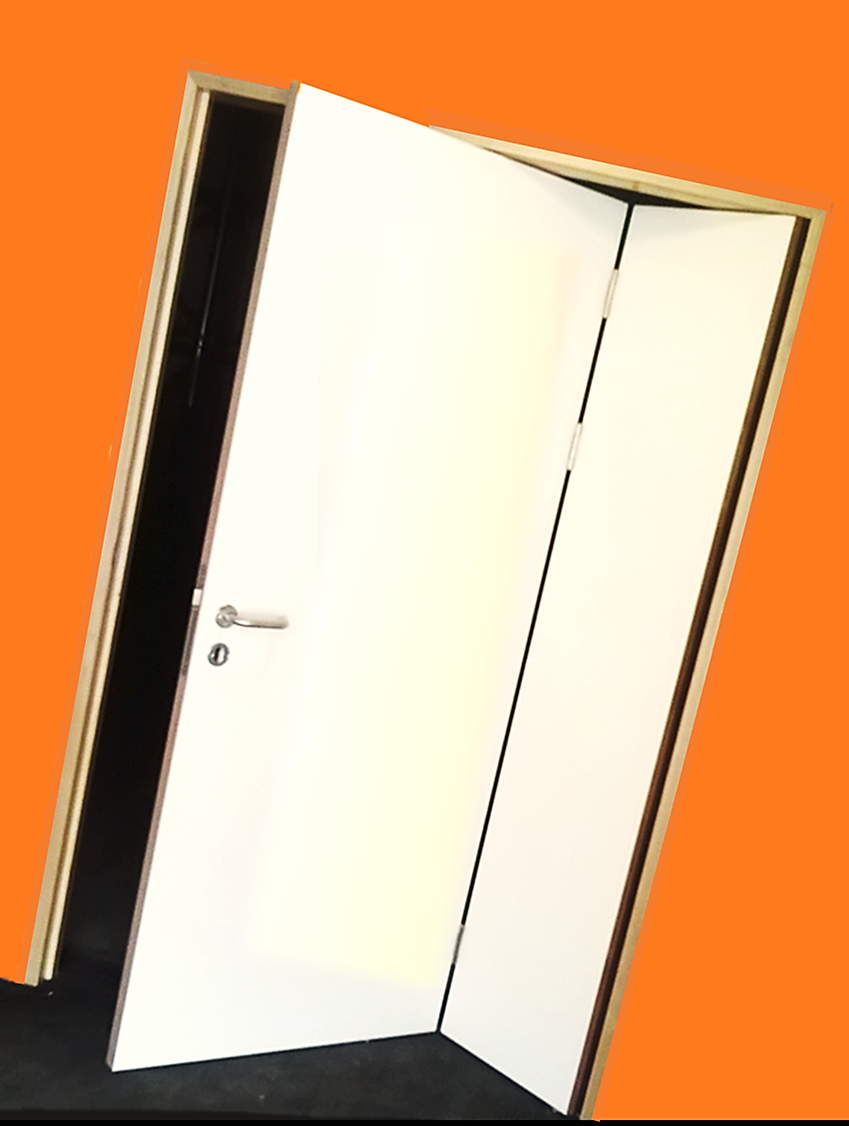Delivering Your Commitments
Building Regulation Update 2015
New Approved Documents for England - Part E, G, H, M1, M2 and Q
The latest round of updates to the Building Regulations (England) come into force on 1 October 2015. As well as raising performance requirements in a number of areas, this update is unique in that, for the first time, the Building Regulations in England will differ for three key reasons:
- Some regulations will have 'optional' levels of performance
- The performance requirements of some regulations will vary from region to region
- Some performance requirements will be dictated by the Local Planning Authority.
The principle of regional differences looks set to be broadened as further amendments in 2016 will continue to roll out the concept in other Parts of the Building Regulations. In addition, the long-anticipated new Part Q, dealing with domestic security, also comes into force.
DDA, (now integrated into) Equality Act 2010 Link and document M part 1 Link and Part 2 Link call for enhanced visual contrasts to doors so that edges of doors can be better identified by those who are visually impaired. This is a brief explanation of the changes in recent years (2015) regarding legislation concerning disabled access, and focuses on the requirements of the Building Regulations (Part M) relating to doors. In particular, it looks at Clear Opening Widths; Threshold Heights; Visibility Requirements & Self Closing Devices.
More on Approved Document M – Access to and use of buildings
In common with other parts of the Buildings Regulations, Approved Document M has now been split into two volumes, distinguished as:
- Volume 1: Dwellings
- Volume 2: Buildings other than dwellings.
To reflect this change, sections M1, M2 and M3 have now been retained in Volume 2 only, and sections M6 to M10 inclusive have been deleted. Section M4 has been replaced by Volume 1, requirements M4(1), M4(2) and M4(3). These are categorized as:
- M4(1) Category 1: Visitable dwellings
- M4(2) Category 2: Accessible and adaptable dwellings
- M4(2) Category 3: Wheelchair user dwellings.
As might be inferred, M4(1) now sets a 'baseline' standard and is intended to make adequate provision for access to and use of dwellings on a periodic basis. In contrast, M4(2) and M4(3) set successively more onerous requirements for more frequent at higher levels of accessibility. In common with Part G, these latter two are 'optional' requirements that can be set by the Local Planning Authority as a condition of planning permission. This will only be possible once the Local Authority in question has written such policy into their Local Plan, and is likely to take the form of a requirement for a certain percentage of dwellings in a new multi-house development to meet one of the higher levels of performance. Smaller developments may be exempt, but this will be at the discretion of each Local Authority when they set their policy.
To put these new categories in context, Category 1 reflects the standard of the previous version of Part M of the Building Regulations, while Category 2 is approximately the equivalent of the Lifetime Homes standard. Categories 2 and 3 require more circulation space around beds and in corridors and kitchens for example, as well as in bathrooms. More significantly, space provision for wheelchair/ mobility scooter storage and charging is required, as is space for the potential installation of a through-floor lift in two-storey dwellings. Minimum space standards are also set, in respect of living/ dining/ kitchen areas per number of bed spaces. These will need to be read in conjunction with the Nationally Described Space Standards, where applicable.
Legislation
The Equality Act 2010 incorporated (and repealed) the Disability Discrimination Act (DDA). (The Equality Act renders the term ‘DDA compliant’ obsolete.) The Equality Act carries forward the protection provided for disabled people by the DDA, but its application is considerably wider. It covers services in the commercial, retail, financial, residential, education, healthcare and transport sectors.
As the Equality Act relates to access to services rather than to premises, buildings and products cannot be ‘Equality Act compliant’. Instead they must comply with either Part M of the Building Regulations (Access to and use of buildings) or the recognised technical standard BS 8300: (Design of buildings and their approaches to meet the needs of disabled people: Code of Practice). However, it is incorrect to assume compliance with Part M alone will meet the requirements of the Equality Act. It should be noted that the requirements of Part M and BS 8300 are ‘minimum standards’. Part M is sometimes referred to as (ADM) Approved Document M.
Minimum Effective Clear Opening Widths (ECW*)
|
Direction & width of approach |
New Buildings (mm) |
Existing Buildings (mm) |
|
Straight-on (without a turn) |
800 |
750 |
|
At right angles to an access route at least 1500mm wide |
800 |
750 |
|
At right angles to an access route at least 1200mm wide |
825 |
775 |
|
External doors to buildings used By the general public |
1000 |
775 |
Note: The ECW* is the width of the opening, measured at right angles to the wall in which the door is situated from the outside of the door stop on the closing side to any obstruction on the hinge side e.g. projecting door furniture, the door or the door stop.
Threshold heights - Generally a maximum height of 15mm.
High Contrast Explained
Part M of the building regulations details the requirements for disabled people within buildings. This document also details the requirements for contrast. It is accepted that most registered blind people still retain some vision in colour. Only a small percentage, less than 5%, see nothing at all and even people in this category usually have a degree of sensitivity to light and shade so clearly there is huge scope to help the visually impaired by the employment of selective contrasting. Contrast is measured in points of light reflectance and this number of points is referred to as the light reflectance value (LRV). A minimum of 30 points of LRV is accepted as providing visual separation by contrast and this is the value required by Part M.
Visual contrasts are required between ironmongery and door surfaces. Also, for doors likely to be kept open, a contrasting leading edge should be provided. Door frames and architraves should contrast with the adjacent wall colour.
Contrasts are measured by comparing the light reflective values (LRVs) of different materials and colours. Generally a LRV of a minimum of 30 points must apply to adjacent surfaces. (LRV is measured on a scale of 0 to 100 with 0 representing perfect absorbing black and 100 perfect reflecting white. In reality these perfect colours are not found – a bright white would typically have LRV of 85).
Providing contrast between walls and doors, handrails to walls etc are all beneficial to the visually impaired and critical in this scenario is the ability to locate electrical switches and sockets.
When white light hits an object it absorbs parts of that light and reflects other parts. It is the action of absorption and reflection that determines the colour of the object, the degree of useful light reflected determines the contrast. Therefore what appears to be two dissimilar colours that might be considered by colour alone to provide contrast may in fact have the same LRV value and provide no contrast at all.
The LRV scale runs from 0 to 100 where 0 is a perfect absorbing black and 100 is a perfect reflecting white. In practice even white absorbs some light and the practical upper limit of the scale is around 85.
In terms of understanding and availability the industry is still playing "catch up". Some impressive work has been undertaken drawing on the research of ICI's project rainbow, the University of Reading, and the experience of the RNIB and Guide Dogs for the Blind.
Visibility requirements
People should be able to see other people on or approaching the other side of doors to avoid the risk of collision. (There may be circumstances where for reasons of privacy or security this may not be appropriate or possible).
The diagram Visibility requirement of doors (left) shows the minimum requirements to satisfy Part M.
(Please note that this diagram is now shown in Part K of the Building Regulations, not Part M. It is referenced in Part M)
Self Closing Devices - Doors that are fitted with non-powered closers.
Particularly in the case with fire doors. Part M requires that, opening forces at the leading edge of the door is no greater than 20N. This can sometimes create a conflict between not exceeding the 20N requirement and ensuring that the door closes correctly that can only be resolved by installing a powered closing device.


